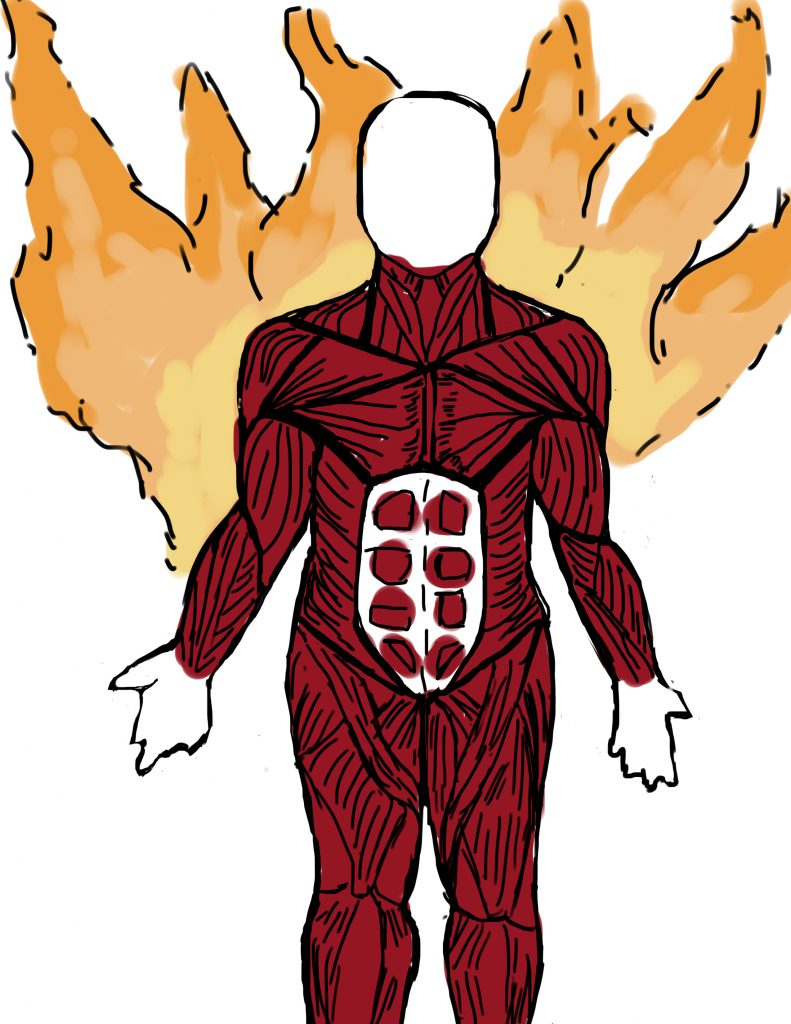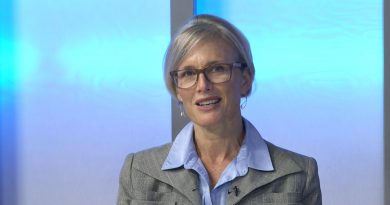Living With A Hidden Illness

Fibromyalgia.
I know. The name is difficult to read and say out loud. I’m pretty certain you haven’t heard of it before and, if you have, you probably already forgot or feel like you don’t have enough information to explain it to someone.
Fibromyalgia is a lifelong, chronic pain disorder that affects only 4% of the world’s population, which is perhaps the reason why it’s misunderstood and unfamiliar.
The National Institute of Arthritis and Musculoskeletal and Skin Diseases have confirmed that the causes for this illness are still unknown which has led to various debates on whether the disease is real or not. However, because of the unfortunate number of patients that are being diagnosed with this illness today, it has finally begun to be treated as such, but a cure has yet to be found.
Even though there is no definite cause, there are still a lot of symptoms. The primary symptom is pain. It can be in some places or all over the body, but each patient has around 11 to 18 tender points (the specific locations of the pain) that start from the muscles and end up causing widespread burning sensation, stiffness and aching pain.
Other major symptoms are fatigue, sleep disturbance, depression and anxiety. These symptoms cause disturbances in mood and concentration.
“The pain and disability seen in fibromyalgia is typically worse than almost any other chronic pain condition… [the pain] doesn’t just affect one area of the body you can avoid moving, and often is accompanied by severe fatigue, sleep, memory and other issues,” Doctor Daniel Clauw, a professor of anesthesiology, medicine/rheumatology and psychiatry at the University of Michigan, said in a HealthDay article.
I am a very reserved person and I don’t let a lot of people know about my personal struggles. However, this is an illness that I struggle with and feel strongly about clearing up some misconceptions associated with it.
I was diagnosed with Fibromyalgia at the start of my senior year when I was 17 years old. My illness caused me to miss two months of my senior year in high school. I had to take multiple medical tests (for example: functional magnetic resonance imaging, skin tests, spine tests and bone tests). It has been the hardest time of my life so far. It felt like my body was giving up on me and my brain tried to convince me that my life was over and the anxiety from it did not allow me to breathe properly. Learning to deal with this disease in my everyday life, after suffering through many long days and nights is still a challenge I have to face. But I am reminded by my doctors that I am lucky for being diagnosed at a young age (most patients get diagnosed in their 30s and 40s) because I can start testing which medicines reduce the symptoms faster before it gets worse as I get older.
But I have learned a lesson as a result of living with this disease: We all have problems and hidden conflicts in our lives.




